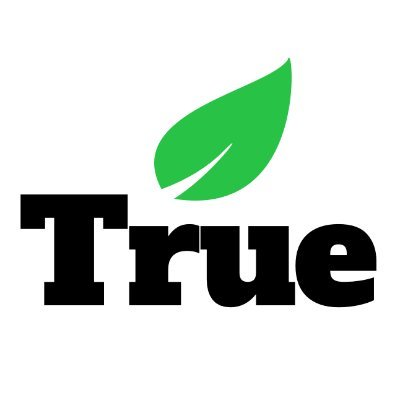In the late 1990s and early 2000s network television dominated household entertainment. In 1998, nearly 30% of the population in the United States tuned into the NBC series finale of “Seinfeld”. Six years later, NBC’s series finale of the popular sitcom “Friends” drew 65.9 million people to their television screen, making it the most watched episode on US network TV in the early aughts. Today, nearly 40% of the viewers that tuned into the “Game of Thrones” premier viewed the popular show using same-day streaming services and DVR playback. The way people watch video content is changing rapidly and established network television companies need to evolve to maintain their viewership.
While linear TV is still the dominant platform amongst non-millenials, streaming services are quickly catching up. As young industry players like Hulu, Netflix and Youtube transform from streaming services to content creators and more consumers cut ties with cable, established network broadcasters need to engage their loyal audience in new ways. The challenge to stay relevant is further exacerbated by market fragmentation as consumer expectations for quality content with fewer ad breaks steadily rise.

Courtesy of Visual Capitalist
One advantage broadcast television still has over streaming services is the ability to tap into a network of viewers watching the same content at the same time. In 2016, over 24 million unique users sent more than 800 million TV related tweets. To stay relevant, network television companies are hoping to build on this activity by making the passive viewing experience an active one. We spoke with Michelle Imbrogno, Advertising Sales Director at This Old House about the best ways to engage the 21st century audience.
“Consumers now get their media wherever and whenever it’s convenient for them. At “This Old House”, we are able to offer the opportunity to watch our Emmy Award winning shows on PBS, on thisoldhouse.com or youtube.com anytime. For example, each season we feature 1-2 houses and their renovations. The editors of the magazine, website and executive producer of the TV show work closely together to ensure that our fans can see the renovations on any platforms. We also will pin the homes and the items in them on our Pinterest page. Social media especially Facebook resonates well with our readers.“– Michelle Imbrogno, Advertising Sales Director, This Old House
Social media platforms have become powerful engagement tools. According to Nielsen’s Social Content Ratings in 2015, 60% of consumers are “second screeners” – using their smartphones or tablets while watching TV. Many “second screeners” are using their devices to comment and interact with a digital community of fans. Games, quizzes and digital Q & A can keep viewers engaged with their favorite programming on a variety of platforms. The NFL is experimenting with new engagement strategies and teamed up with Twitter in 2016 to livestream games and activate the digital conversation.
“There is a massive amount of NFL-related conversation happening on Twitter during our games and tapping into that audience, in addition to our viewers on broadcast and cable, will ensure Thursday Night Football is seen on an unprecedented number of platforms.”-NFL Commissioner Roger Goodell ,”
With social media optimization (SMO) software, television networks can better understand their audience and adjust their social media strategy quickly. Tracking website traffic and click rates simply isn’t enough these days. To stay on trend, companies need to start tracking new engagement indicators using Synaptik’s social media intelligence checklist:
Step 1: Integrate Social Listening Tools
The key to understanding your audience is listening to what they have to say. By tracking mentions, hashtags and shares you can get a better sense of trending topics and conversations in your target audience. Moreover, this knowledge can underpin your argument for higher price points in negotiations with media buyers and brands.
Step 2: Conduct a Sentiment Analysis
Deciphering a consumer’s emotional response to an advertisement, character or song can be tricky but sentiment analysis digs deeper using natural language processing to understand consumer attitudes and opinions quickly. Additionally, you can customize outreach to advertisers based on the emotional responses they are trying to tap into.
Step 3: Personality Segmentation
Understanding a consumer’s personality is key to messaging. If you want to get through to your audience you need to understand how to approach them. New social media tools like Crystal, a Gmail plug-in, can tell you the best way to communicate with a prospect or customer based on their unique personality. This tool can also help you customize your approach to media buyers and agents.
By creating more accessible content for users and building a digital community around content, television networks can expect to increase advertising revenue and grow their fan base. With Synaptik’s social listening tools, companies have the advantage to track conversations around specific phrases, words, or brands. Sign up for a 30 minute consultation and we can show you what customers are saying about your products and services across multiple social media channels online (Facebook, Twitter, LinkedIn, etc.).
Contributors:
Joe Sticca, Chief Operating Officer at True Interaction
Kiran Prakash, Content Marketing at True Interaction
by Nina Robbins




